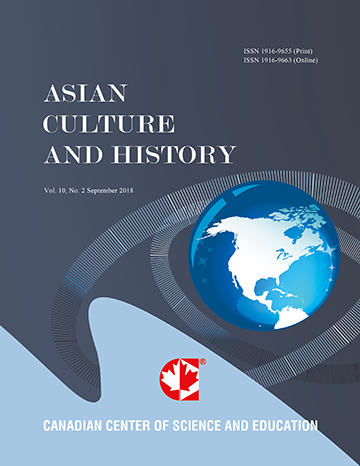The Construction of Agonistic and Strategic Landscape in Chinese Painting of the 1920s and 1930s
- Chunyan Zhang
Abstract
This paper discusses the construction of nature in Chinese painting during the period of the late 1920s and 1930s. In this period, in the context of nationalism, in order to arouse people’s national sentiments, artists constructed, or even distorted nature as a threatening “other” of human beings or as a strategic landscape to be controlled by human beings. Both convey the idea of agonistic relationship between human beings and nature. This idea was new, betraying the traditional idea of “harmony between man and nature” and the traditional image of nature as an idealized utopia without any political associations. Most scholars argue that in the 1950s Chinese painting began to produce representations of nature and people in a new ideology with all kinds of “struggle” as the main theme. However, this phenomenon actually began as early as the late 1920s and 1930s. In this new construction, the appearance of nature was portrayed as destructive or as a battlefield, while human beings were represented as battlers, which is the result of social context and ideology.
- Full Text:
 PDF
PDF
- DOI:10.5539/ach.v15n2p44
Journal Metrics
Google-based Impact Factor (2017): 5.42
h-index (January 2018): 11
i10-index (January 2018): 21
h5-index (January 2018): 6
h5-median (January 2018): 9
Index
- Academic Journals Database
- CNKI Scholar
- COPAC
- EconPapers
- Elektronische Zeitschriftenbibliothek (EZB)
- Excellence in Research for Australia (ERA)
- Genamics JournalSeek
- Google Scholar
- Infotrieve
- LOCKSS
- MIAR
- NewJour
- Open J-Gate
- PKP Open Archives Harvester
- Publons
- RePEc
- Scilit
- SHERPA/RoMEO
- Standard Periodical Directory
- Technische Informationsbibliothek (TIB)
- The Keepers Registry
- Universe Digital Library
- WorldCat
Contact
- Ivan YongEditorial Assistant
- ach@ccsenet.org
